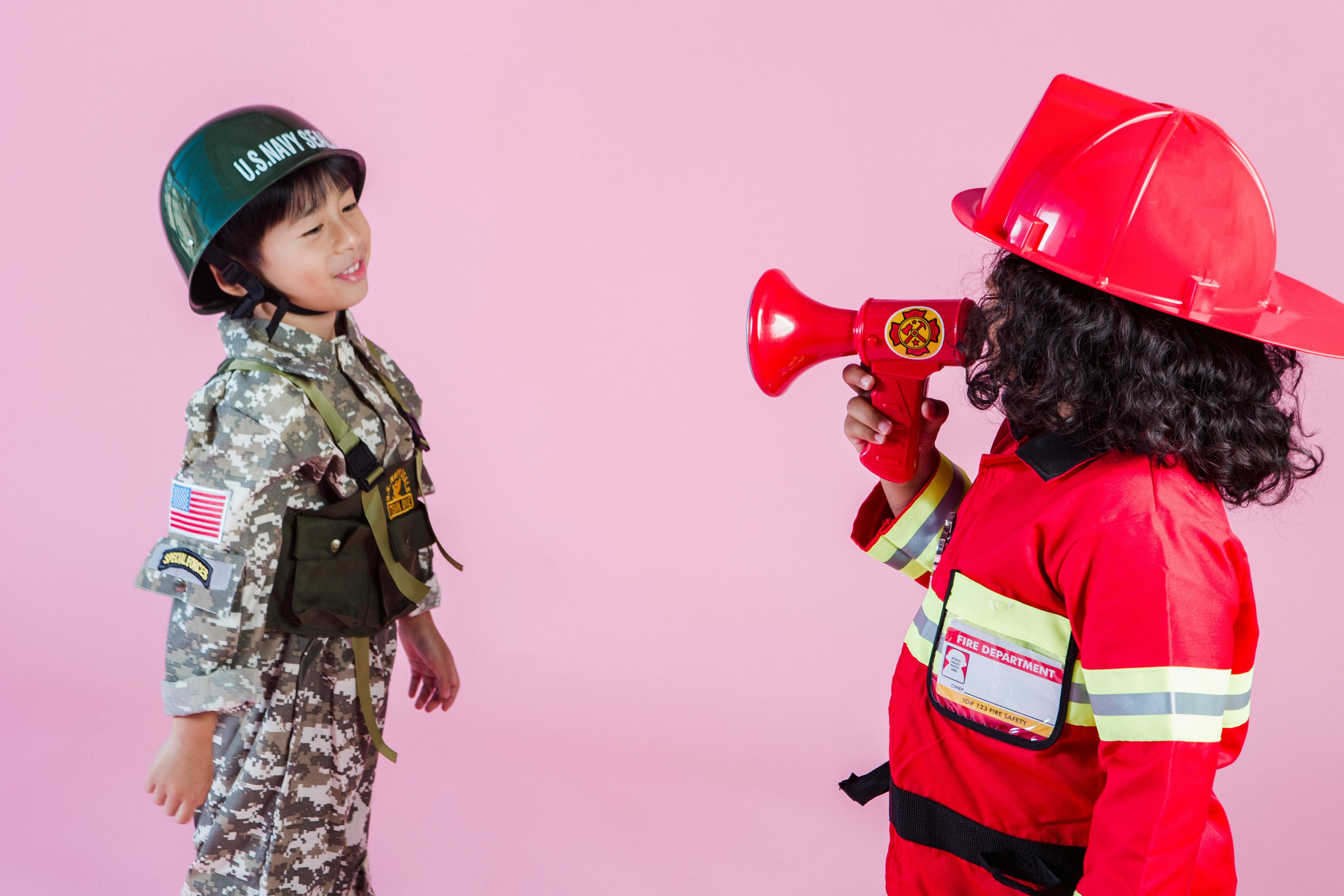
How to Effectively Draw Comics the Marvel Way in 2025
Drawing comics is both an art and a science, capturing the imagination of countless creators and fans around the world. As we step into 2025, the craft of comic book art continues to evolve, drawing from a rich history while embracing cutting-edge techniques and technologies. Learning how to draw comics the Marvel way means immersing yourself in a world of superheroes, action scenes, and dynamic storytelling.
This article will guide you through essential drawing techniques, comic character design, panel layouts, and the unique storytelling modes that define Marvel comics. Whether you're a budding artist or a seasoned pro, understanding these concepts will enhance your comic creation process.
As we explore various aspects, from comic page composition to digital comic creation, you’ll discover best practices and innovative ideas to help you create compelling narratives through visuals. So grab your pencils, and let’s dive into the vibrant world of Marvel comics!
Mastering Comic Fundamentals for Aspiring Artists
Your journey into comic book art begins with solid fundamentals. This foundation sets you on a path to creating engaging visual stories. To start, it’s crucial to understand the principles of drawing, including anatomy for comics, perspective drawing, and character dynamics.
Understanding Anatomy for Comics
An essential aspect of creating believable characters lies in mastering anatomy. Understanding how the human body moves and reacts can significantly enhance your comic character design. This includes studying muscle groups, proportions, and the unique aspects of drawing superheroes, which often exaggerate these elements for emphasis.
Many artists recommend keeping anatomy references handy, using sketchbooks to practice forms, and studying real-life models. Additionally, focusing on specific body parts, such as drawing hands in comics, can elevate your art. Proportional variance in anatomy can add character uniqueness and personality.
The Importance of Perspective in Comics
Perspective presents a crucial narrative tool in comics. It allows artists to create immersive environments and dynamic action sequences. By learning perspective drawing, artists can enhance the sense of depth in their scenes and improve comic page layouts.
Experimenting with one-point and two-point perspectives helps you create visually stunning backgrounds. This also applies to drawing environments for comics, where an intense background amplifies the foreground action and enhances storytelling.
Sketching Characters and Their Emotions
Sketching characters is about more than just likeness; it’s about infusing them with personality. Effective character expressions are pivotal in conveying emotions and driving the plot. Utilize various poses and expressions to convey feelings and reactions in your storytelling.
For example, learning drawing emotions in comics can lead to telling a more compelling story. Artists should focus on the subtleties of expressions, refining their skills to ensure characters resonate with readers. This attention to character development translates into more engaging narratives.
Creating Dynamic Comic Scenes and Storytelling Techniques
With a firm grasp of the fundamentals, you can explore how to create dynamic comic scenes. Crafting tension and maintaining narrative pacing are crucial elements of successful storytelling. Effective storytelling allows you to guide your audience through the highs and lows of your narratives smoothly.
Comic Panel Layout Techniques
The arrangement of panels significantly influences the flow of a comic. By understanding various comic panel layout techniques, you can guide readers' eye movement and enhance the storytelling experience. Consider how the size, shape, and arrangement of panels can create tension or a sense of movement.
Using larger panels for climactic scenes can amplify excitement, while smaller panels can create a rapid pace, perfect for action sequences. Experiment with traditional layouts and innovative designs to discover what works best for your story.
Incorporating Action and Visual Humor
Action scenes are a staple of Marvel comics, and illustrating these sequences effectively requires practice and strategy. Focus on dynamic poses and the principles of motion. Illustrating fights can be particularly challenging, but with practice, you can create captivating sequences that pull readers into the action.
On the flip side, don’t shy away from incorporating humor through visual storytelling. Visual humor in comics relies on timing and visual expressions to evoke laughter. Balancing action and humor can lead to richer narratives that resonate with diverse audiences.
Engaging Readers with Dialogue and Captions
Written dialogue and captions are vital for conveying character thoughts and plot exposition. Crafting dialogue in comics requires an understanding of pacing and how it reads in conjunction with visuals. Use comic lettering techniques to ensure clarity and enhance the emotional depth of the dialogue.
Consider how dialogue not only tells the story but also adds to the emotional atmosphere. Effective placement and style of lettering can transform a simple conversation into an engaging interaction that propels the narrative forward.
Crafting Compelling Characters and Unique Art Styles
The lifeblood of any successful comic lies within its characters. Compelling protagonists and well-defined villains drive readers to invest in your stories. Marvel comics shine in character creation—in-depth arcs and visually dynamic characters can make or break the narrative.
Developing Well-Rounded Characters
To create characters that resonate with readers, focus on their motivations, flaws, and relationships. Crafting character arcs can provide depth, leading to emotional investment from the audience. Understanding the importance of character dynamics in comics allows you to develop authentic interactions that enrich your story.
Consider influences from real life and the struggles that shape your characters. Integrating contemporary issues or personal experiences gives your characters credibility and relatability. As readers connect with characters, they become more immersed in the storyline.
Exploring Unique Comic Art Styles
The art style of a comic can greatly influence readers' perceptions. Marvel comics are known for their distinctive styles, ranging from hyper-realistic to more stylized interpretations. Researching various comic art styles helps you identify the techniques that resonate with your artistic voice.
Experiment with blending different styles—mixing digital and traditional elements can yield captivating visuals. The goal is to hone in on a style that best expresses your narrative and captivates your target audience.
From Concept to Creation: The Comic Book Production Process
With your artistic skills refined and your characters ready to leap off the page, it's time to delve into the comic creation process. Understanding and navigating this complex road from concept to publication is key for aspiring comic creators.
Script to Comic Conversion
Translating a written script into visual storytelling can be challenging. The process of script to comic conversion involves understanding how dialogue, action, and pacing meld into a cohesive narrative. Utilize thumbnails or rough drafts to visualize the comic layout before diving into detailed art.
Collaborate with writers to establish a clear direction and maintain consistency throughout the comic. Clear communication fosters a strong partnership, ensuring both the script and artwork align fluidly.
Utilizing Digital and Traditional Tools
The right tools can streamline your workflow significantly. Traditional techniques such as inking allow for a tactile creation experience, while digital tools offer efficiency and flexibility. Learning about available comic art tools can enhance your production process.
Familiarize yourself with popular software used in digital comic creation, as they can provide options for quicker revisions and the incorporation of color and effects. Striking a balance between the two mediums can optimize your creative output.
Preparing for Comic Book Publishing
As your comic nears completion, it's essential to understand the comic book publishing process. Each stage—editing, distribution, and marketing—serves a purpose in showcasing your work to the wider world. Familiarize yourself with the necessary steps to ensure your comic receives the exposure it deserves.
Joining comic communities can provide insight into self-publishing opportunities, guidance on navigating the industry, and feedback on your work before it hits the shelves. Engaging with other creators helps broaden your perspective and informs future projects.
Q&A: Common Questions about Drawing Comics
What are the best drawing techniques for beginners?
For beginners, focusing on the fundamentals of sketching and anatomy is crucial. Practice drawing simple shapes and forms to build confidence before moving onto more complex characters. Regular sketching exercises are beneficial in improving overall skills.
How do I create dynamic action scenes?
Dynamic action scenes require careful planning and understanding of body mechanics. Study references of real-life movements and utilize varying panel layouts to convey motion. Action lines and perspective can also significantly enhance the visual quality of your scenes.
What is the best way to develop character arcs?
Character arcs should be carefully constructed, highlighting the protagonist's journey. Identify the character's motivation, struggles, and ultimate growth. Ensure their development is reflected through visuals and dialogue, allowing readers to witness the transformation organically.
How can I effectively market my comic?
Utilizing social media platforms and engaging in comic conventions can vastly increase your reach. Build a community around your work by sharing behind-the-scenes insights and progress updates. Consider creating a portfolio and submitting your comic to publishers for broader distribution opportunities.
What resources can help me improve my comic drawing skills?
Books, workshops, and online courses focusing on comic art can serve as valuable resources for aspiring artists. Engaging with comic communities and seeking constructive feedback can also greatly assist in refining your skills. Don't forget to participate in critiques and peer review sessions.

